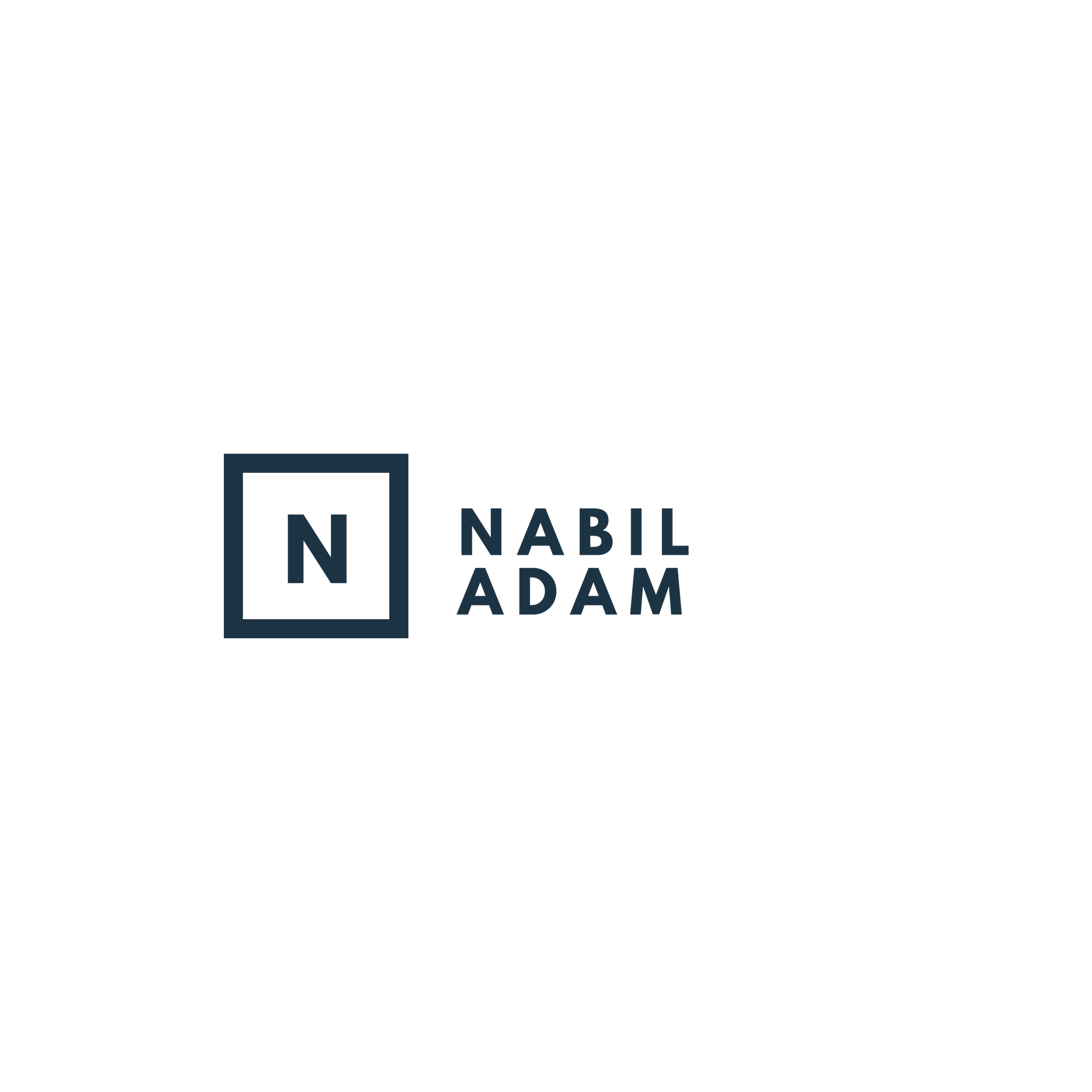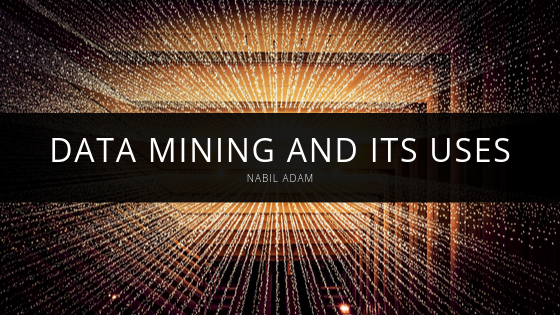Data Mining and Its Uses
If you’re in marketing, healthcare, finance, or research, you’ve likely heard the term “data mining” being thrown around. It may sound like just another superfluous buzzword, but its power is unmistakable. So what is data mining? Who uses it, and how? Let’s take a look.
The Essence of Data Mining
Data mining is the process of analyzing large amounts of data (sometimes referred to as “big data”) to detect patterns or rules within that information. These patterns can then be used to create predictive models of future outcomes. The power behind data mining comes from its ability to process large amounts of information and turn it into useful predictions. There are various software programs that can be used to sift through raw data and find the connections that are useful in several applications.
How Is Data Mining Useful?
The aggregation of data can be useful within and across many industries. Various software programs can be utilized to make aggregated data useful for research in an infinite number of ways.
Scientists and researchers can use data mining to develop and test new theories. Suppose a researcher wants to determine if there’s a link between people with brown hair and high blood pressure. They can gather data, including interviews, surveys, and observations from people with brown hair. Then they can do the same for people with hypertension. Both sets of information can be stored in an extensive database. It is at this point where data mining software could be used to sift through all of the data and determine if there are any patterns. Data mining allows researchers to extract and analyze those patterns.
The healthcare industry is another area that has been able to make use of data mining. Patient health records are a source of extensive data. However, it would take human days, weeks, or months to analyze the same amount of data as a computer could do in only a few minutes. Data mining can help medical professionals determine risk factors for disease, decide the best course of treatment for a patient, or trial a new medication.
Retailers can also use data mining. As consumers engage with retailers, whether online or in a physical location, those retailers are gathering data. They can then mine that data to discover patterns in consumer behavior. These patterns, once identified, can be used to inform company policies, sales, and marketing tactics. This can provide the customer with a more personalized buying experience.
These are just a few of the numerous ways in which data mining is a powerful tool. It is used in a wide array of industries. Our technology has advanced enough to sift through enormous amounts of data quickly and efficiently. So even though data mining may be the newest buzzword, it looks as though it’s here to stay.

